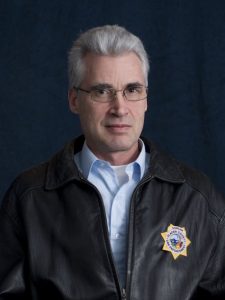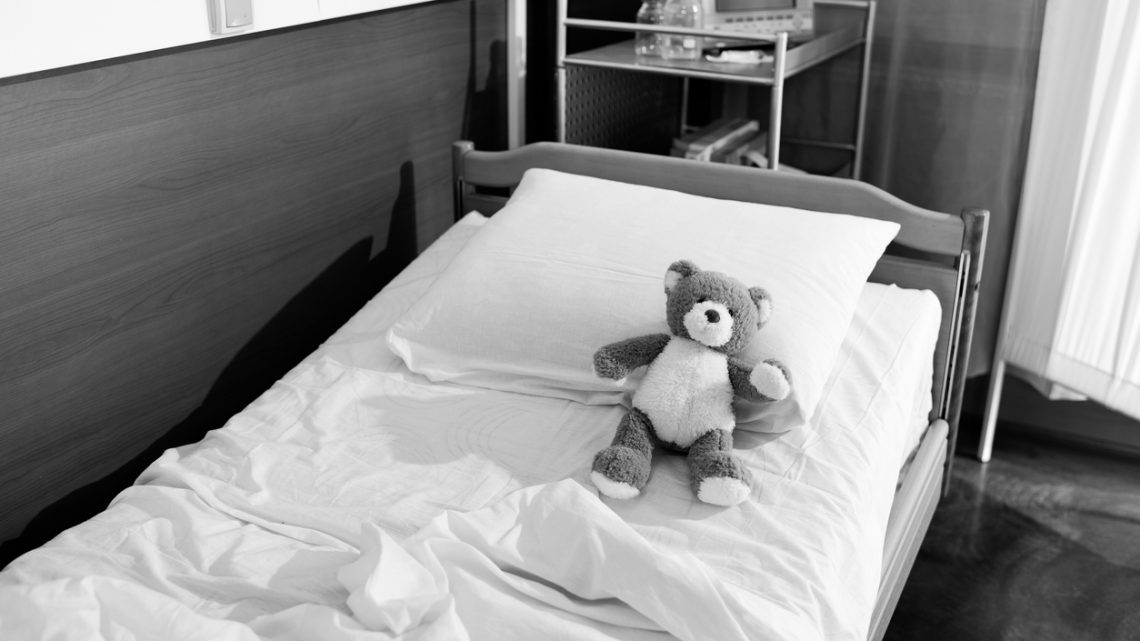Frank and Sue were clubbing at the close of a busy week, dancing and drinking. Arriving home midnight, they started arguing, yelling in each other’s face.
This fight was furious. But suddenly, whatever the problem was, it went away. Right in the middle of their curse-out contest, Frank dropped to the floor. Dead.
The argument was over. Sue won!
The marriage was over, too.
In one failed heartbeat, Sue went from angry wife to grieving widow.
Amid her panic, she managed to phone for help. As paramedics wheeled Frank’s shrouded body out the door, the police escorted Sue, sobbing and screaming, off to the station. They needed to determine that no crime had occurred.
All that Sue was able to communicate was hysteria. “Frank! Frank! I’m sorry! Dear God! I’m really sorry! I just want him back! Now!”
Instead of Frank, I walked in the door of the interrogation room. Dispatch had called for a chaplain to pacify the widow sufficiently so she could be interviewed by detectives. But it was eternally too late to minister to Frank before he died or to prepare Sue for her loss.
Shock, pain and tragedy
During my last pastorate, before moving to Mid-America to be the editor of OUTLOOK, I was a volunteer law enforcement chaplain in California. Our clergy team served 10 agencies from the local to the federal level. We supported officers as they dealt with bank robberies, kidnappings, drug raids and traffic fatalities. Soon I developed a specialty in death notifications—knocking on a stranger’s door at 2 am and informing the lady of the house that she just lost her husband in a crash with a drunk driver.
The pain of loss was magnified by the shock of its suddenness. How I wished I could have visited with the deceased and their loved ones in the days leading up to the tragedy, preparing them all emotionally and spiritually for their crisis. Hospice now provides me such an opportunity for ministry in my retirement years.
Comfort care and support
Centuries ago, “hospice” described an overnight refuge for travelers, often staffed by religious monks. Presently, hospice is a haven for terminally ill patients. To qualify, they must be certified by a physician to have a life expectancy of six months or less. A team of professionals serves dying patients and their families, visiting in their homes or in senior residential facilities. This team includes nurses and home health aides with optional visits from a social worker and chaplain, at no cost to the patient. (Other services are available, including massage and respiratory therapy and even music therapy.) After the patient dies, bereavement ministry is available to the family for the year following their loss.
It is important to know that hospice provides only comfort care and support, not remedial or curative services.
Hospice costs are covered by Medicare and for qualifying low-income families, Medicaid. When dying patients need particular palliative services beyond what the government has okayed for them, the hospice I work for (Pathways to Compassion) cares for them through a fund sustained by employee donations.
Among all the shortcomings of our government, Americans may thank God for the blessings of hospice.
What I’ve explained is an overview of what hospice does for dying patients and their families. For complete information about benefits, services and qualifying stipulations, visit www.cchnet.net or www.hospicefoundation.org.
 Martin Weber, DMin, retired from being editor of OUTLOOK magazine and Seventh-day Adventist product manager at Logos Bible Software, is now the chaplain of Pathways to Compassion, serving Lincoln and Omaha, Nebraska (part of the Compassionate Care Hospice network). He can be reached personally at martin.weber@pathwayshospice.net.
Martin Weber, DMin, retired from being editor of OUTLOOK magazine and Seventh-day Adventist product manager at Logos Bible Software, is now the chaplain of Pathways to Compassion, serving Lincoln and Omaha, Nebraska (part of the Compassionate Care Hospice network). He can be reached personally at martin.weber@pathwayshospice.net.










